When Bob Dylan and The Band first presented their passionate, rootsy rock ‘n’ roll to the rest of the world, they received a wave of boos and heckles in response. From the lyrics to the song structure to the instruments themselves, they didn’t sound like anything else that was happening in the mid-1960s. And that was the point.
Videos by American Songwriter
Decades later, The Band guitarist Robbie Robertson explains just how Dylan and his iconic backing group didn’t just challenge the rock ‘n’ roll rulebook. They threw it away entirely.
What Bob Dylan and the Band Did Differently Changed Everything
While it seems synonymous with the decade now, there was a time in the 1960s when what Bob Dylan and The Band were doing seemed totally out of left field. They didn’t dress like beatniks or hippies. Their music was aggressive and defied the standard pop structure. Dylan was teaching The Band (formerly The Hawks) how to break the rules of rock ‘n’ roll. The Band was doing the same for Dylan.
“The obvious thing we learned—that everybody learned—was there was a new way of songwriting,” Robbie Robertson told Mojo. “There was a much more colorful, descriptive, humorous, outrageous, thrill ride of wordplay. We hadn’t seen this before. This was breaking some big rules. I remember saying to Bob one time, ‘Maybe there’s too many verses in this.’ And he said, ‘There probably are. But that’s what I was thinking about when I wrote it.’ His spirit was on fire. He was knocking down the boundaries that had been built up around music. It excited me to be part of this revolution.”
Dylan clearly felt the same way about The Band. He once said Robertson was “the only mathematical guitar genius I‘ve ever run into who doesn’t offend my intestinal nervousness with his rear-guard sound.” Before disastrous tours and financial arguments would tear The Band apart, the musicians enjoyed a fun, easygoing sense of camaraderie during their time together at Big Pink, a communal house in Woodstock where everyone in The Band lived.
“That’s really the way to do a recording,” Dylan told Rolling Stone in the late 1960s. “In somebody’s basement. With the windows open and a dog lying on the floor.”
A World-Changing, Controversial, and Loud World Tour
Bob Dylan took The Band on tour in the mid-1960s after his controversial switch to electric. Reception was either icy cold or fiery in protest. As Robbie Robertson recalled to Mojo, “We got booed all over North America, Australia, Europe, and people were saying this isn’t working, and we kept on, and Bob didn’t budge. We got to a place where we would listen to these tapes and say, ‘You know what? They’re wrong. And we’re right.’ Eight years later, we do a tour, the [1974] Dylan/Band tour. We play the same way, same intensity, and everybody says, ‘Wow, that was amazing.’ The world came around. We didn’t change a note.”
Still, the higher you fly, the harder you fall. “We were suspicious of success,” Robertson recalled. “Most of the stuff we really liked, not a lot of people knew about it, and that’s what was golden about it. So, when we put out Big Pink, on one hand, you think, ‘Isn’t it wonderful that people are embracing this?’ But at the same time, we would never look at the charts. That’s where you go wrong, when you start thinking about this as a popularity contest. Sure enough, at a certain point, we became successful, and things changed. It hurt people personally.”
“The more successful we got, the more self-destructive we got,” Robertson said. The original quintet of The Band—Robertson, Rick Danko, Garth Hudson, Richard Manuel, and Levon Helm—performed together for the last time in 1978.
Photo by Gijsbert Hanekroot/Redferns

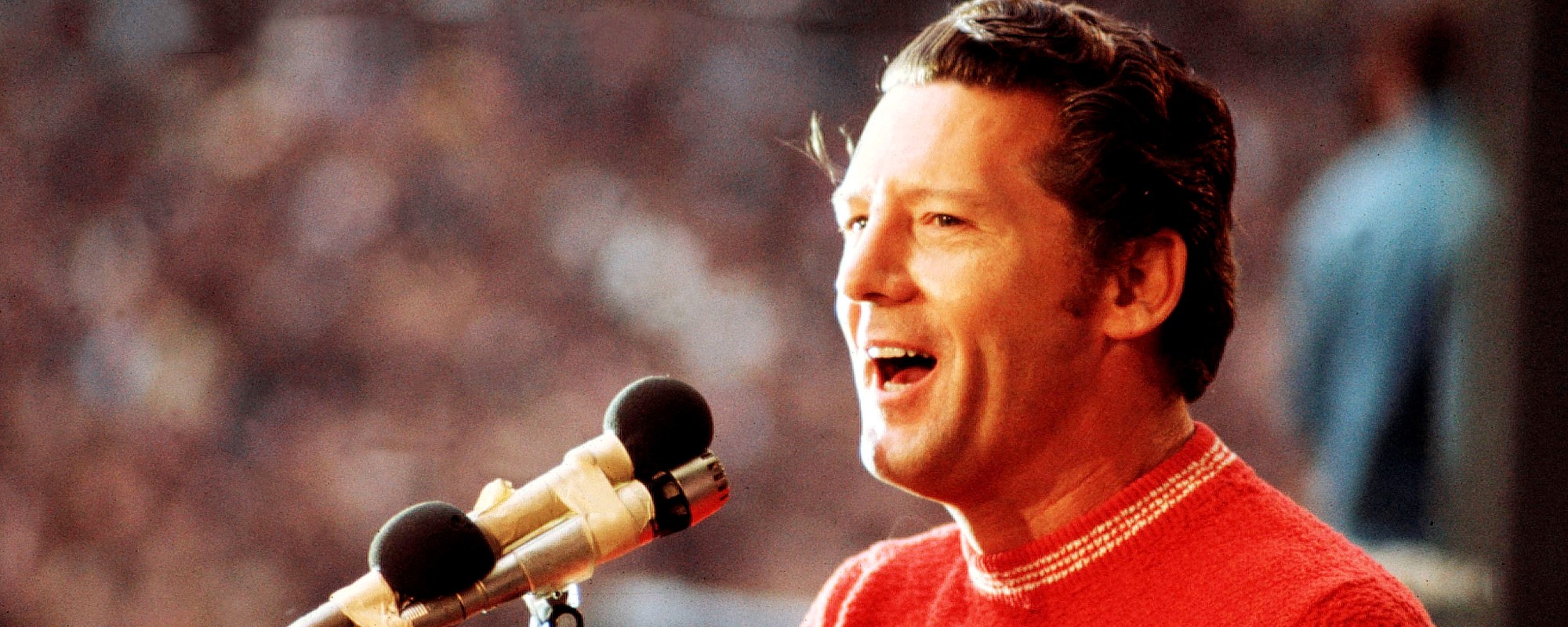

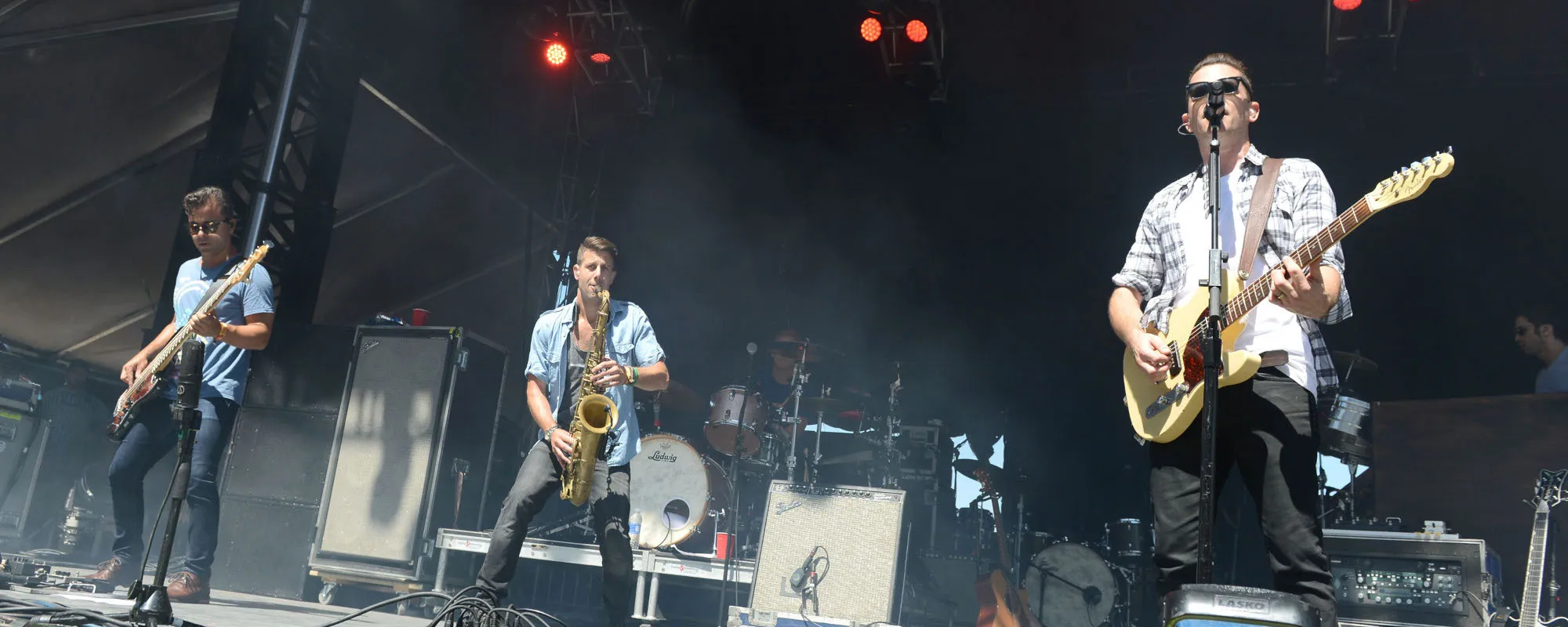

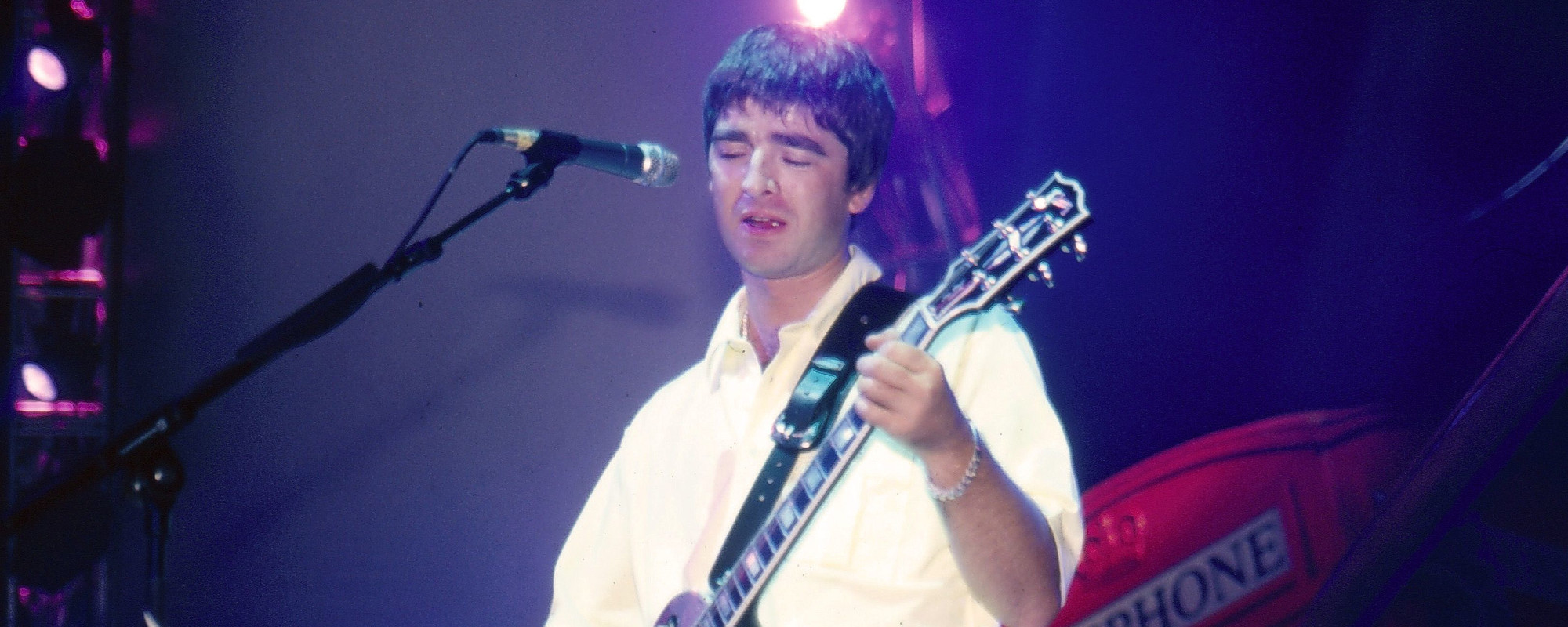
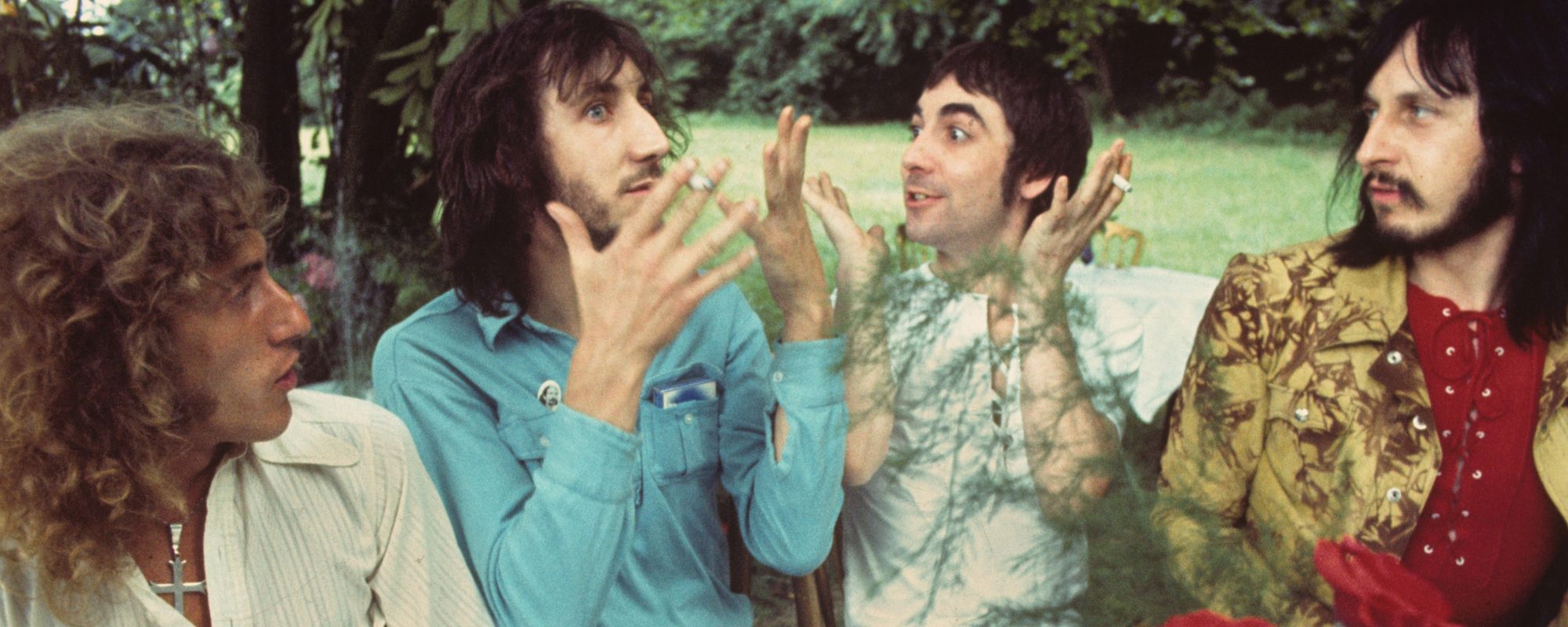
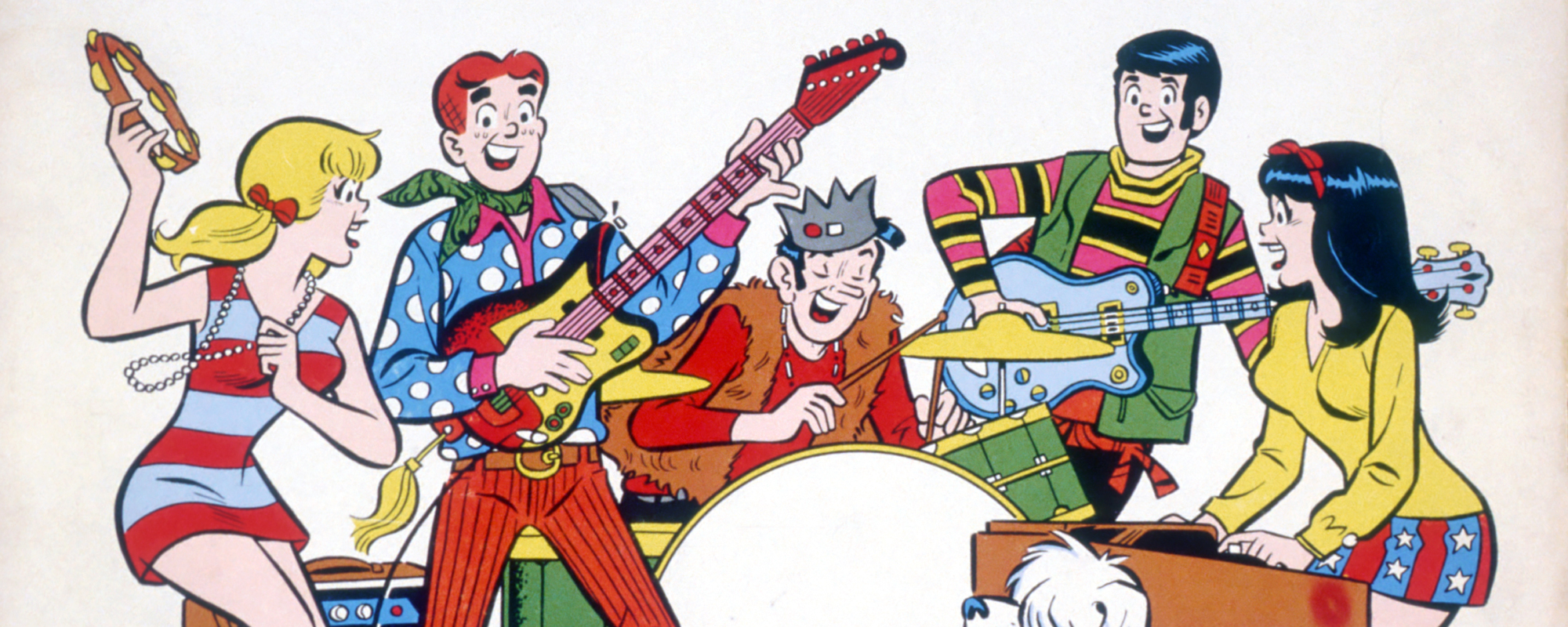
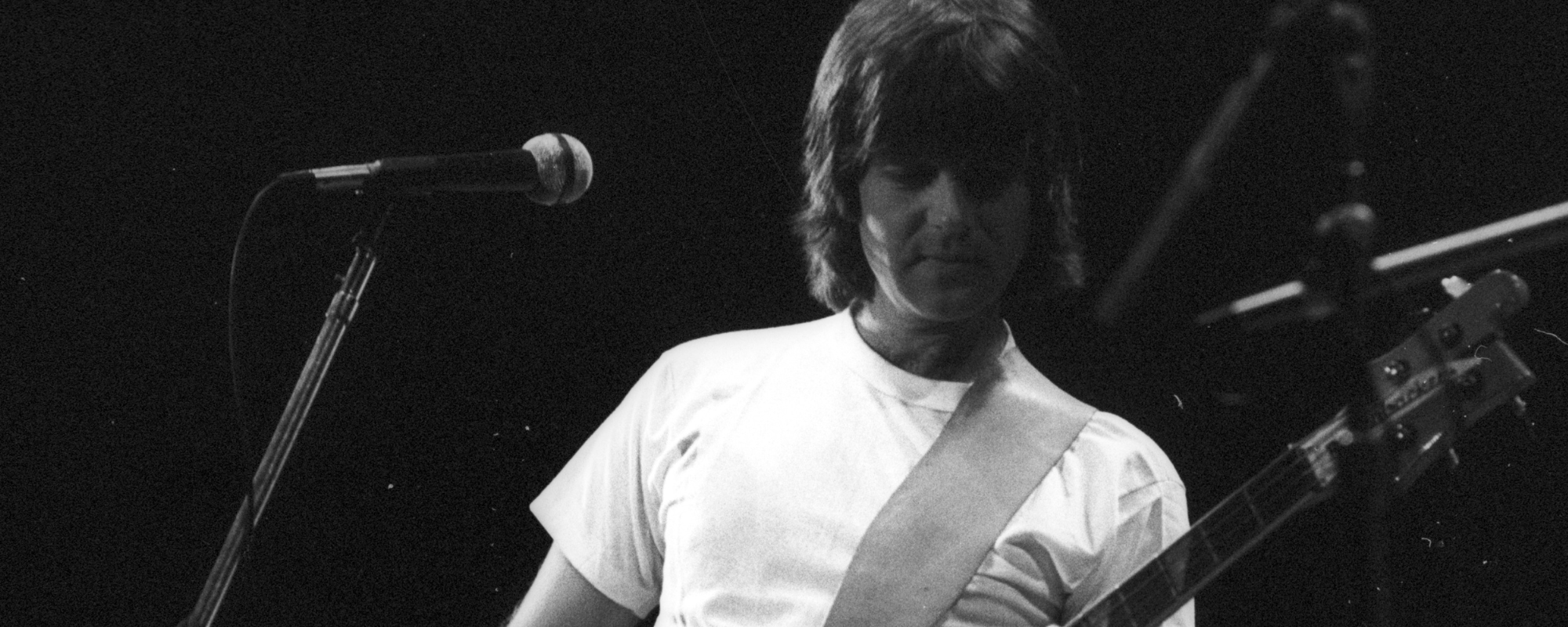
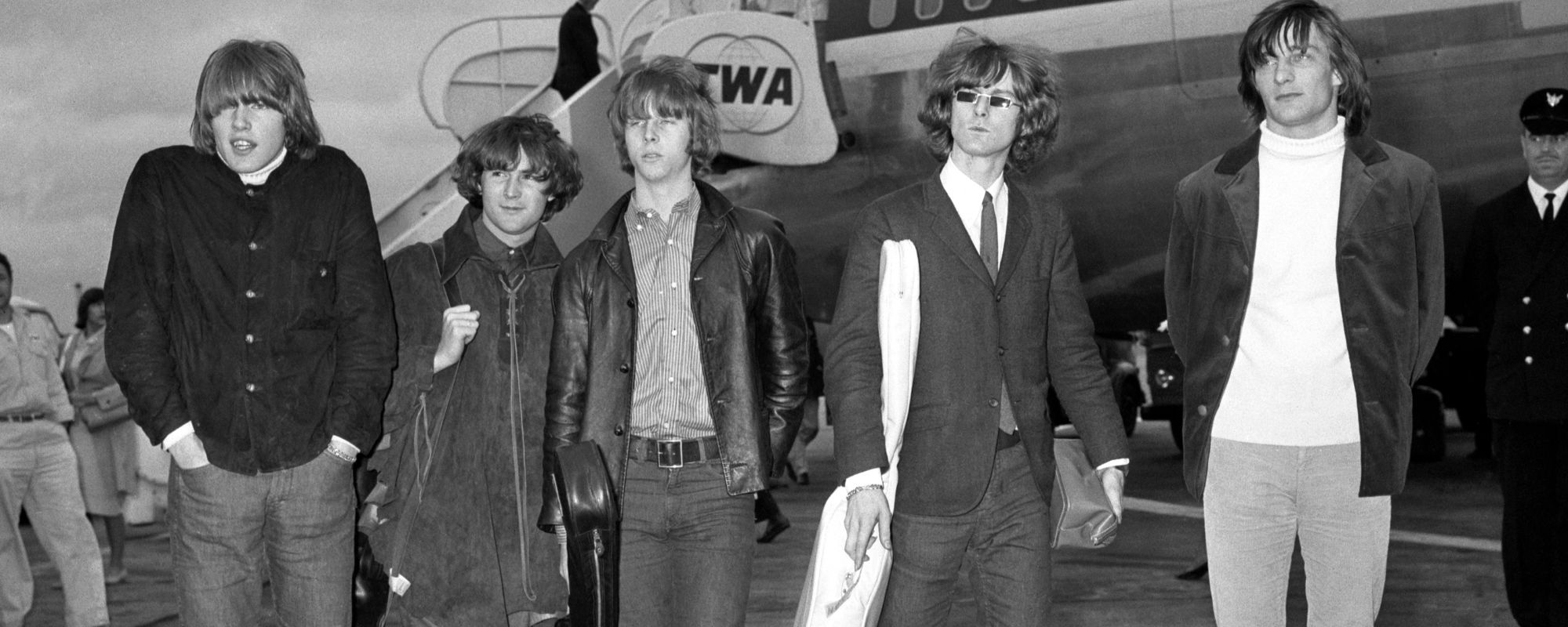
Leave a Reply
Only members can comment. Become a member. Already a member? Log in.